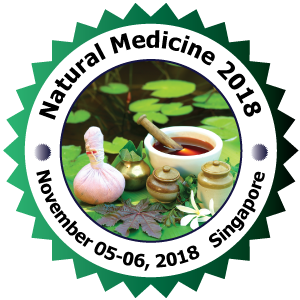Tung-Hu Tsai
National Yang-Ming University, Taiwan
Title: Pharmacokinetic interactions of natural herbal medicines
Biography
Biography: Tung-Hu Tsai
Abstract
Traditional herbal medicine is one of most popular complementary and alternative medicines and has been widely used for disease treatment in the world. But Traditional herbal medicine now faces many difficulties, such as quality control of herbs, and increased demand for evidential basis for clinical application. Moreover, there is little known about the effective components and mechanism of herbs. Traditional Chinese medicine (TCM) is generally uses single herbs, formulations or herbal-pairs, in contrast to Western medicine, which often uses pure chemicals. In TCM theory, a classical Chinese herbal formulation can be divided into four parts, sovereign herbs, minister herbs, assistant herbs, and courier herbs. Sovereign herbs are those that exert the major and leading effect in an herbal formulation. Minister herbs are used as adjunct herbs to compliment the minister’s main therapeutic action and increase efficacy. Assistant herbs are used to eliminate toxicity and enhance the effects of the main indication herbs. Courier herbs can help improve the combination effects amongst all the herbs in the formulation. Based on this theory, formulations or decoctions are considered to have more effective clinical benefits in the treatment of disease than a single herb or pure component due to the association or inhibition interaction between herbs in helping to eliminate toxicity and enhance the effects of sovereign herbs. Therefore, this article is to discuss the pharmacokinetic interaction between herbal medicines. Due to herbal preparation is a complex formulation which contains several herbs and ingredients. It is possible that the different characteristics of physical-chemical properties for individual ingredients may affect each other. The results demonstrated that based on the equivalence dose of a single compound, a single herb and a multiple herbal preparation may produce different oral bioavailability. The conclusion reveals that herbal ingredient-ingredient or herb-herb interaction may affect the drug absorption, distribution, metabolism and excretion.

